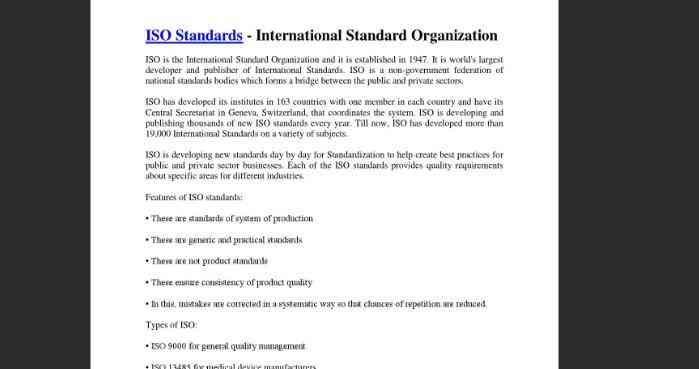|
STANDARD 1151-7
Second edition
2023-11
Flight dynamics — Vocabulary —
Part 7:
Flight points and flight envelopes
Dynamique de vol – Vocabulaire —
Partie 7: Points de vol et domaines de vol
Reference number
ISO 1151-7:2023(E)
© ISO 2023
---------------------- Page: 1 ----------------------
ISO 1151-7:2023(E)
COPYRIGHT PROTECTED DOCUMENT
© ISO 2023
All rights reserved. Unless otherwise specified, or required in the context of its implementation, no part of this publication may
be reproduced or utilized otherwise in any form or by any means, electronic or mechanical, including photocopying, or posting on
the internet or an intranet, without prior written permission. Permission can be requested from either ISO at the address below
or ISO’s member body in the country of the requester.
ISO copyright office
CP 401 • Ch. de Blandonnet 8
CH-1214 Vernier, Geneva
Phone: +41 22 749 01 11
Email: [email protected]
Website: www.iso.org
Published in Switzerland
ii
© ISO 2023 – All rights reserved
---------------------- Page: 2 ----------------------
ISO 1151-7:2023(E)
Contents Page
Foreword .iv
1 Scope . 1
2 Normative references . 1
3 Terms and definitions . 1
3.1 Accomplishment of a mission . 1
3.2 Controls, geometric configuration and condition of systems . 2
3.3 State of the aircraft . 3
3.4 Environment . 4
3.5 Flight points . 5
3.6 Effective flight points . 6
3.7 Flight envelopes . 7
Bibliography . 8
Index . 9
iii
© ISO 2023 – All rights reserved
---------------------- Page: 3 ----------------------
ISO 1151-7:2023(E)
Foreword
ISO (the International Organization for Standardization) is a worldwide federation of national standards
bodies (ISO member bodies). The work of preparing International Standards is normally carried out
through ISO technical committees. Each member body interested in a subject for which a technical
committee has been established has the right to be represented on that committee. International
organizations, governmental and non-governmental, in liaison with ISO, also take part in the work.
ISO collaborates closely with the International Electrotechnical Commission (IEC) on all matters of
electrotechnical standardization.
The procedures used to develop this document and those intended for its further maintenance are
described in the ISO/IEC Directives, Part 1. In particular, the different approval criteria needed for the
different types of ISO document should be noted. This document was drafted in accordance with the
editorial rules of the ISO/IEC Directives, Part 2 (see www.iso.org/directives).
ISO dr
...














